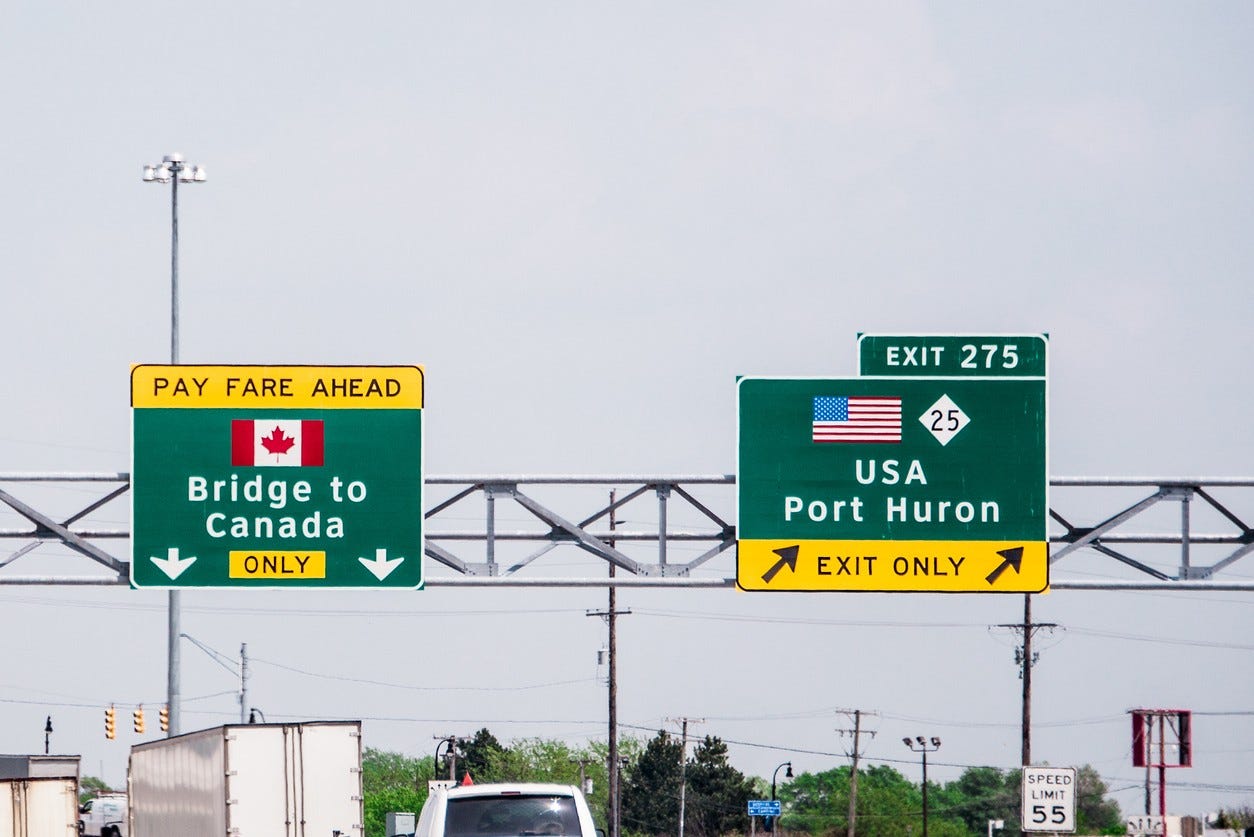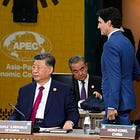Why Might Countries Both Import and Export (Essentially) the Same Thing?
And why might competitors in certain industries all locate near one another?

This morning while reading the latest from my favourite Substackers, the following quote from Matthew Yglesias stood out to me:
It’s important to understand that while there are certainly good aspects of the European social model, none of them strike me as reasons for Europe’s weak tech sector.
For starters, some of this is dumb luck. As Paul Krugman writes, it’s notable that from an economic geography standpoint, it’s not as if huge tech companies are sprouting up across the United States. They are very specifically located between San Francisco and San Jose in a pretty narrow strip of land. It just happens to be a strip that is located in the United States. California is, by all accounts, an incredibly annoying place to do business, and tech executives are constantly complaining about this. Nonetheless, they almost all stay there, being annoyed, because the agglomeration benefits of being in or near Silicon Valley appear to be very large — it’s why the most talented tech people from all around the world come there. Stripe was founded by Irish guys, but the company is in South San Francisco.
The reason this quote stood out to me is twofold:
It relates to my argument in a previous article which was that Canada’s Digital Services Tax (DST) was not “targeted” at U.S. firms; it is just that large tech companies tend to be located there.
I have been looking for an excuse to write about intra-industry trade, and it gives me one! As it specifically relates to the above quote, one set of intra-industry trade models (external economies of scale) explains why businesses in certain industries tend to locate near one another — e.g., tech companies, automakers, bankers, and insurance firms.
Let me explain.
In previous articles written for my newsletter, I took deep-dives into David Ricardo’s basic economic theory of comparative advantage, which predicts jurisdictions — not just countries, but also provinces, states, etc. — will concentrate on producing what they do best, and import the rest.
A problem with this theory — and with the Heckscher-Ohlin (H-O) model, an extension of Ricardo’s theory which I will cover in a future article — is it predicts the trade of a specific product will only move in one direction; in other words, it focuses on inter-industry trade.
However, there are products in which a jurisdiction will both import and export essentially the same thing: intra-industry trade. This implies each jurisdiction has both a comparative advantage and a comparative disadvantage in something, which is obviously a problem.
Before moving on, the rest of this article will be behind a paywall to benefit existing paid subscribers while also encouraging more of you good people to pay for subscriptions.
However, I want to be forthright that despite the Matthew Yglesias quote above, tech will only be a small part of this article; that quote was primarily made to explain my motivation for writing on the topic of intra-industry trade.






